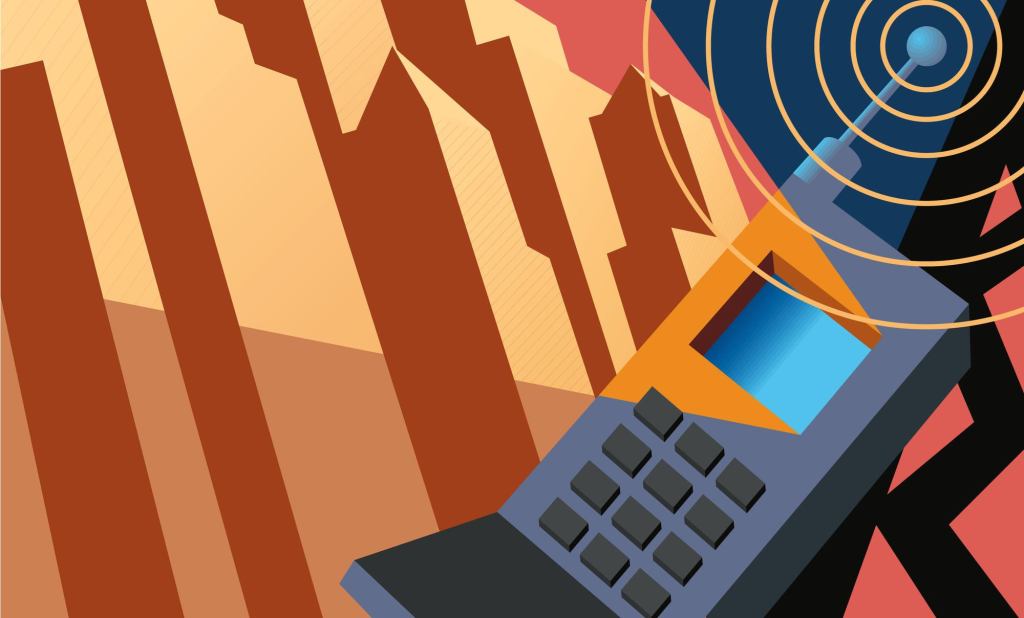Greensboro, S.C.–based Bell Partners is currently shopping several tower companies to help address reception issues at select properties across the firm’s 43,000-unit portfolio. “We’ve spoken with two of the larger groups that manage cell towers and ultimately the leasing on them, and we’re in their database, but it’s a highly competitive world out there to get a cell tower,” says Bell Partners’ vice president of purchasing Mark Vernon. “We want to cover our bases on the cell towers, because obviously there is a lease component there with ancillary revenue, but if we can put repeaters in to boost our signals and give our residents better service and wider options, that’s really the honey pot we are focused on right now.”
Stuck on Repeat
Vernon’s introduction to the world of cell reception–boosting options in multifamily is an illustrative one: Operators have been reduced to deciding primarily between the installation of DAS signal repeaters (antennae that boost the bandwidth of pre-existing signals) and the full-on installation of a new cell tower. When cell carriers were in their heyday of deploying infrastructure to establish (and compete with each other on) coverage, the upshot of tower installs could be lucrative—residents would benefit from a super-hot signal and owners could lease space to carriers on their rooftops for a much-needed antenna. If you can manage to score a rooftop tower lease, the ancillary revenue can vary drastically, from the commonly accepted benchmark of $1,500 a month to between $25,000 and $1 million over the life of a typical 25-year lease, depending on the relative tower need of spectrum carriers, the complexity of the installation, and the length of the agreement, according to Fort Myers, Fla.–based cell tower lease consulting firm Steel in the Air.
Prospects for new tower installs have become increasingly difficult, though, as cellular infrastructure has expanded across the country. At Bell, an initial review of the firm’s properties revealed only two front-runner locations where a tower install might be viable. “The competition for cell towers out there was quite an eye-opening experience,” Vernon says. “If you think about it, the network for cell towers is fairly tight. I’m not saying it is totally mature yet, but there is an immense infrastructure already in place out there, particularly in well-populated areas.”
That leaves most operators looking at DAS repeater installs, which provide highly effective signal boosting but also involve significant up-front costs. “We’re not getting any compensation for the repeater from the carriers,” says USL’s Horton, who installed a DAS at Domain at Tempe and will install another system this month at a property near the University of Maryland at College Park. “The carriers do have to approve our system and then provide us with a spectrum lease agreement as a legal release to redistribute the signal, but all of it is paid for by us. Tempe was $165,000 up front with $30,000 worth of fine-tuning, and Maryland is $225,000 out the door with the tuning inclusive. About $130,000 of that is electronics, and the rest of it is labor.”
